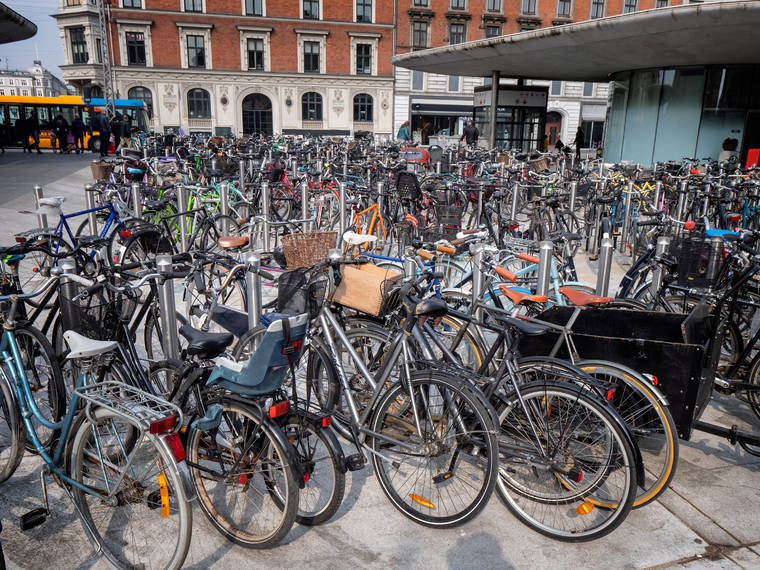MENLO PARK, Calif. — In the late 1960s and early 1970s, young Danes took to the streets like their counterparts across the globe — protesting a political and societal system they believed was unjust, discriminatory and out of step with the times.
And as oil prices spiked, they fought to keep their cities and towns free from the congestion, pollution and noise caused by gas-guzzling automobiles.
Their efforts paid off; Danes boast some of the highest bicycling rates in the world. In Copenhagen, the nation’s capital, where there are more bicycles than people, 62% of its residents commute to work or school by bike. Nationwide, 26% of all trips under 3½ miles are made on bicycles.
Now U.S. bicycle enthusiasts, advocates and industry analysts are wondering if some U.S. cities are on the brink of a Copenhagen remodel.
The combination of the coronavirus, shelter-in-place orders that kept cars and trucks off the roads, and a swell in activism have brought bicycle riders out in record numbers and made many reimagine city and suburban life — without the cars, traffic and polluted air.
“I feel awkward crowing about bicycle sales and ridership when so many people have lost their jobs,” or are ill or have lost love ones, said Tim Blumenthal, president and CEO of PeopleForBikes, a national bicycle advocacy group based in Boulder, Colo. “But, trends are looking up. And I think there has been a fundamental change.”
From March through mid-June 2020, Eco-Counter — a Montreal-based engineering company that designs and provides bicycle and pedestrian counters, and analyzes data — measured a 21% increase in U.S. urban-area ridership compared with the same timeframe in 2019.
During that same period, the Rails-to-Trails Conservancy saw a 110% increase in ridership on rail-trails compared to the same time in 2019.
“I try not to get too hopeful,” said Blumenthal. “But I do think a lot of this momentum will remain” as time goes on.
He said according to a weekly PeopleForBikes survey of 932 U.S. adults, 9% of American adults say they rode a bike for the first time in a year, because of the pandemic. And a majority of those riders say they will continue riding after shelter-in-place orders are removed.
In addition, roughly 42% of those “reactivated” riders have children, said Blumenthal.
“Given the widespread cancellation of youth sports programs, bike riding is one of the few outdoor activities that kids of all ages can safely and practically participate in,” said Blumenthal, noting a big surge in kids bike riding.
According to PeopleForBikes data, bike sales were up substantially from last year — 65% greater than year-to-date 2019.
“The last three months stand as perhaps the best quarter for the bike industry in the last 50 years,” he said, harking back to the early 1970s when “bike sales were boosted by the Arab oil embargo, which created long lines at gas stations and expensive gas prices.”
Others, however, are more circumspect.
“I worry that the momentum we saw was short-lived,” said David Snyder, the executive director of the California Bicycle Assn., a bicycle advocacy organization in Sacramento. “The cars are already back.”
Snyder said more is needed to jump-start a Copenhagen-like bicycle culture than just slow streets.
Maybe, he said, it’ll be the children who started riding during this brief window who will grow up and make that change.
“What happened in Denmark didn’t happen overnight,” said Blumenthal of PeopleForBikes, which has seen a jump in the number of children riding bicycles.
It was the children who grew up on bicycles during Denmark’s surge that really ushered it forward, he said.
“If we can’t do it, maybe it’ll be these kids,” he said.



